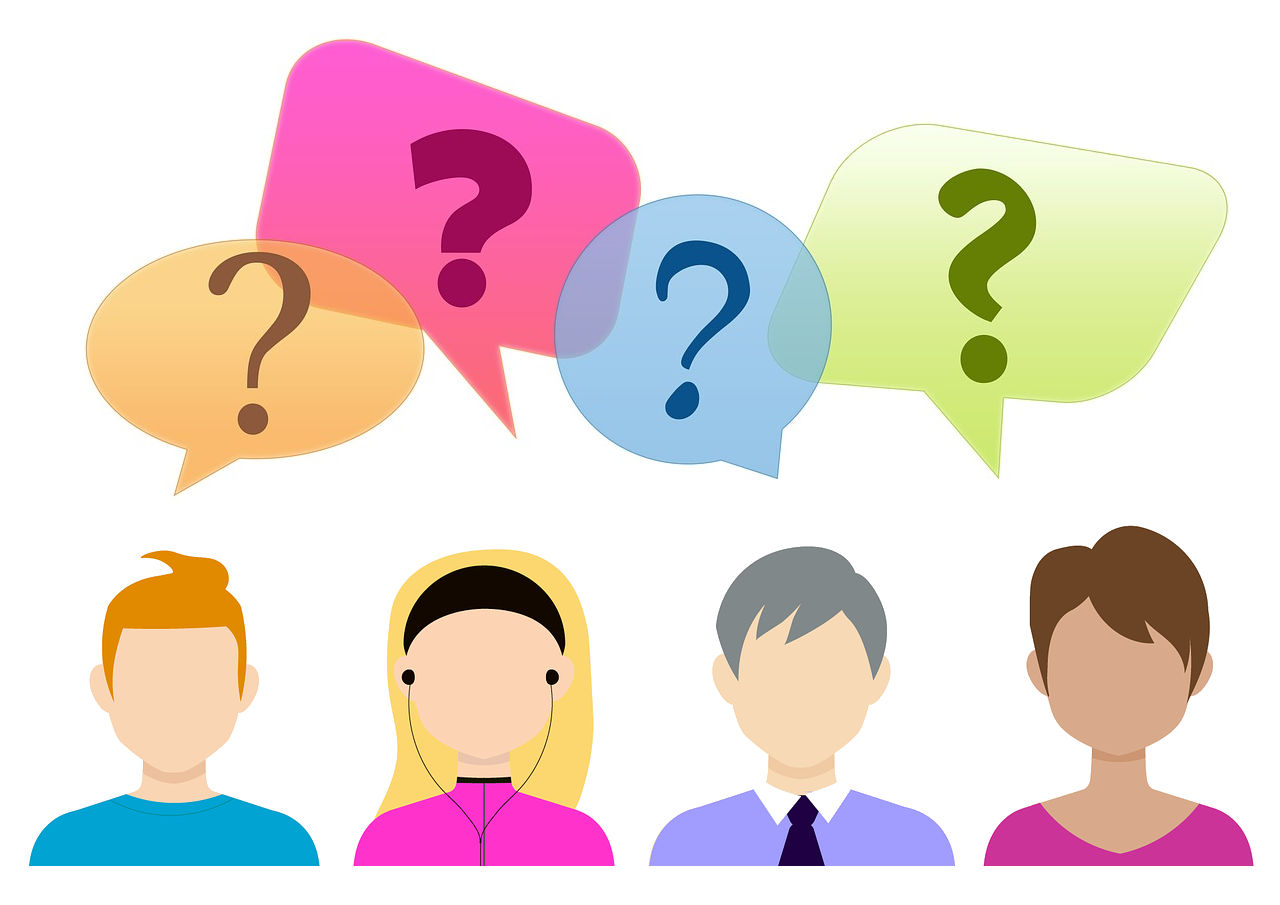 The reason behind customer decisions has been studied by psychologists for years, and there is still no definitive answer. However, there are a number of factors that are known to influence customers purchasing decisions, that can be leveraged by businesses to increase sales and profits.
The reason behind customer decisions has been studied by psychologists for years, and there is still no definitive answer. However, there are a number of factors that are known to influence customers purchasing decisions, that can be leveraged by businesses to increase sales and profits.
Knowing how your customers make their decisions allows you to create a tailored customer experience that will appeal to your target audience and increase sales. Below are our top tips on how to use the natural tendencies of your customers during the decision making process to make more money.
Customer Reviews
Customer reviews and other forms of social proof play a big part in why a customer chooses a particular business. This is because customers place great importance on product recommendations from people they know. Recent studies have also shown that 88% of people say that they trust online reviews as much as personal recommendations.
Additionally, people are always looking for validation to make decisions, so if a friend (or online review) recommends a product to them, they are much more likely to purchase it, regardless of their friend’s level of expertise or experience in regards to the product.
Businesses can take advantage of consumers’ natural tendency to trust the recommendations of others by displaying customer testimonials, case studies, and other social proof on their website.
Presentation
Surprisingly, the way that a piece of information is presented can have a great impact on the readers response, from colour choice, to pricing placement, and even the phrasing of an offer.
Colour Choice:
One popular example of using colour to impact the buying decision is how most fast food restaurants use red and yellow in their logos. This is because these colours are known to be appetite stimulants.
Pricing Placement:
The placement of pricing on a website can also contribute to the response of the reader. For example, simply pointing out which price package most customers prefer will make new customers much more likely to pick the same package.
Another example of using pricing placement to influence the customer is placing your most profitable pricing package in the middle of three options. Due to a psychological phenomenon called “the centre-stage effect”, most people will choose the option placed in the centre over those on either side of it.
Phrasing An Offer:
The way that an offer is phrased can influence the amount of appeal that it holds for potential customers. One example of this would be describing something as “25% empty” or “75% full”. Although each phrase is describing the same thing, the positive spin on the phrase “75% full”, elicits a different response than the phrase “25% empty”.
Simplicity
Customers have a tendency to prefer things that are easy to understand. In fact, the easier it is to understand an offer, the more likely customers will be to buy it.
This natural tendency can be used by businesses to increase conversions by making the offers and pricing on their website simple and easy to understand. In fact, something as simple as using a clear and easy to read font can impact the success of an offer. This is due to the fact that when reading an offer in a hard to read font, the reader will transfer that sense of difficulty to the subject of the text, which can ultimately result in users deciding not to buy a product.
One common example of businesses leveraging the simplicity of an offer to increase profits is phone plans. Phone companies get the most profit from unlimited plans, and coincidentally, unlimited plans are also the easiest to understand.
Conversely, cheaper plans will come with a limited number of calls and texts as well as extra charges once the limit is reached. This can be difficult to understand and keep track of which results in more customers choosing unlimited plans.
Another benefit of simplifying the purchasing process is that, according to a recent survey, simplifying the experience increases the likelihood of recommendations by 115%. This means that not only will you be able to close more sales, you will be able to gain valuable social proof from those sales which will bring in new customers.
Limited Options
Following on from keeping offers and advertising as simple as possible, reducing the number of options consumers have to choose from can actually increase sales. This is because having too many choices can cause customers to push off their buying decision for a later time.
Business websites can take advantage of this by offering only 4 to 6 options to make the decision process simpler and less overwhelming for customers. Making it easy to compare the different options will also improve conversion rates. This can be done by displaying options side by side with a list of features and benefits, as well as price, to allow for easy comparisons.
If you can’t limit the available options to less than six, it is best to create a purchasing process with a number of small decisions rather than one decision with too many choices. To do this simply categorise your available products and price points, allowing the customer to narrow down the decision based on their needs and eventually reaching the final purchasing decision between six or fewer choices.
Habitual Behaviour
Most people tend to continue to use brands and services that they know of or have used before. Many business owners mistake this for customer loyalty, however, it is actually due to both laziness and fear. Laziness, because people don’t want to spend time comparing other alternatives in order to choose a different product. Fear, because people are scared to make a bad purchasing decision, so they stick with what they know.
This means that making the first sale to a customer is the most important, as it is much easier to secure future purchases if they have already had a positive experience with your brand. Businesses can take advantage of this by offering new customer offers or discounts and ensuring that the first offer is easy to understand and high in value.
The distinction between customer loyalty and habitual behaviour is important as customer loyalty is much harder to break than a simple habit of buying the same product. However, in order to cultivate customer loyalty you need to associate your brand with positive feelings in the mind of your customer, as loyalty is an emotional response.
Emotional Decisions, Rationally Justified
According to research performed by Professor Raj Raghunathan, of McCombs School Of Business, when it comes down to it, consumers make decisions based on an emotional response, using rational arguments as justification only after the decision has been made.
This is further substantiated by a study performed by neuroscientist Antonio Damasio on people with damaged connections between the emotional and rational parts of their brains. The study found that subjects were able to process information and compare choices, however, they were unable to make decisions as they had no emotional response to the options.
For marketing, this means that while product comparisons are still important, it is important to appeal to the emotions of prospective customers to increase conversions, sales, and even customer loyalty. Use colours, images and content to evoke positive emotions in consumers, as once they have decided that they like a particular product, it is much more difficult to form a different opinion.
To summarise, if you can successfully understand how consumers make the decision of which product to purchase, and where to purchase it from, you can leverage their natural tendencies and emotional responses to build customer loyalty and brand trust, and essentially make more money.

